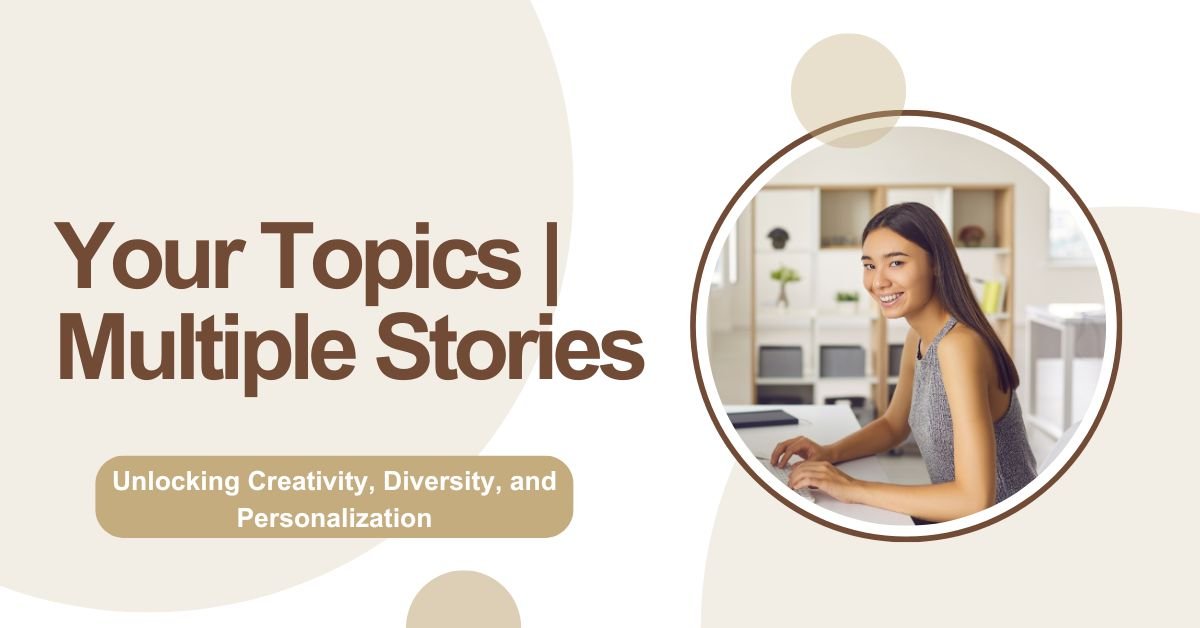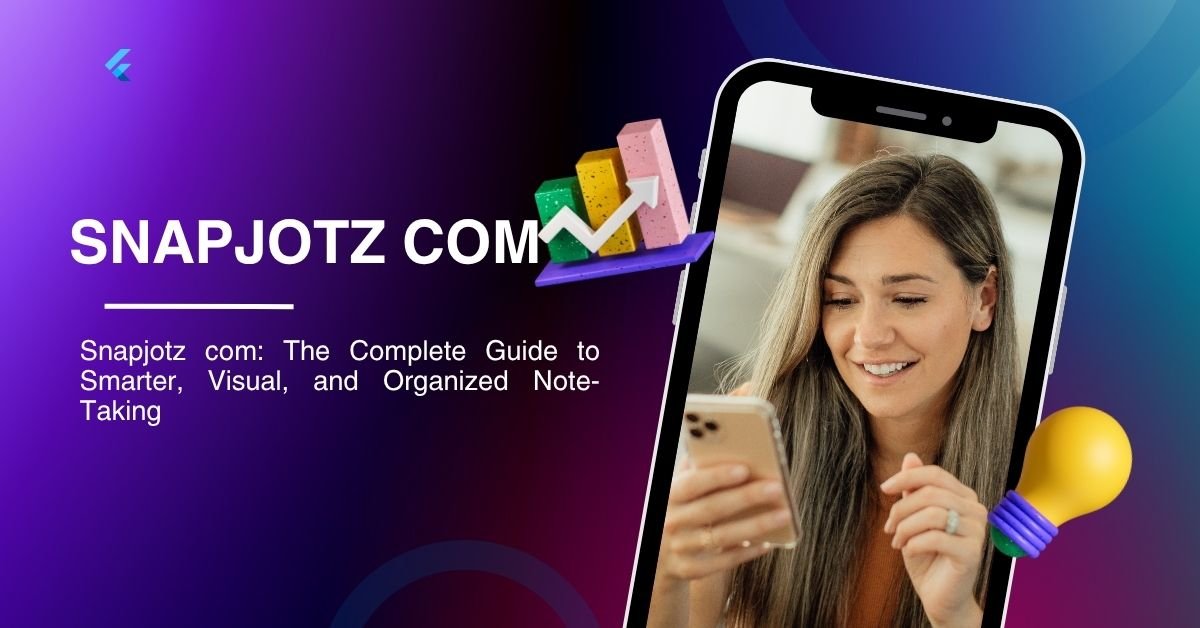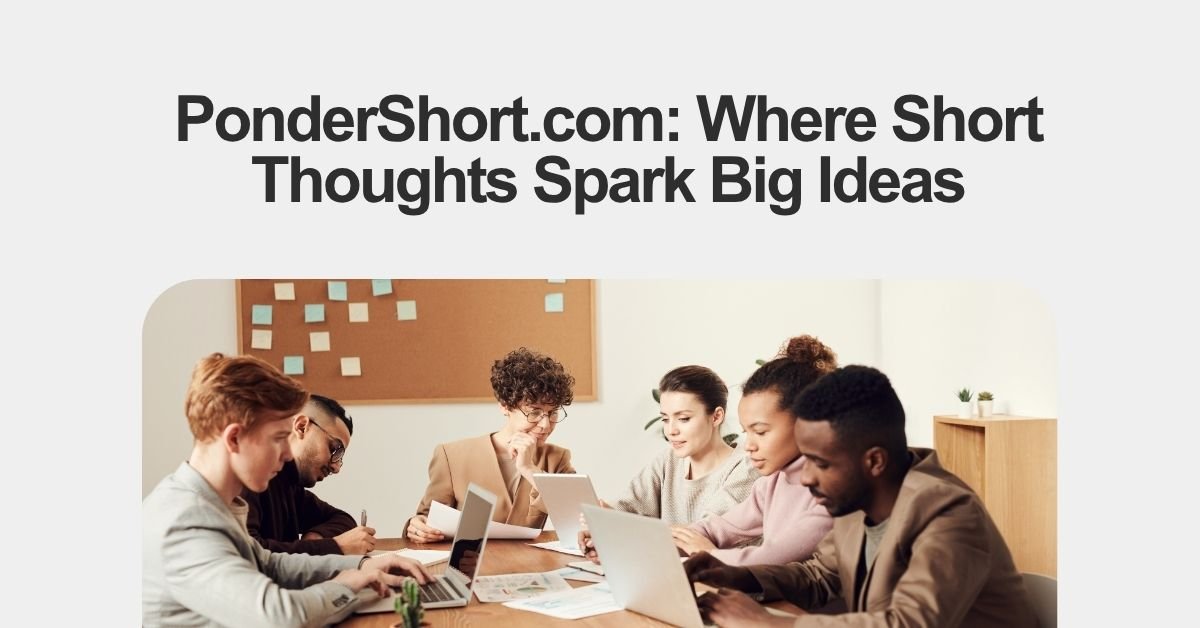Storytelling is as old as civilization itself. From ancient fireside tales to modern day AI powered feeds, stories have wrought how we learn, connect, and picture. Today, the notion of “Your Topics | Multiple Stories” takes this age old art to a novel level combining one central idea with multiple narratives to inspire creativity, spark dialogue, and personalize experiences for every reader.
In this guide, we’ll explore what “Your Topics | Multiple Stories” really income, why it matters, how technology like AI and Natural Language Processing (NLP) is reshaping it, and how you can mark your own multi layered stories. Along the way, we’ll share sensible steps, real world examples, and even AI driven tools that help turn single thoughts into multiple engaging narratives.
What Does “Your Topics | Multiple Stories” Mean?
The phrase “Your Topics | Multiple Stories” is all about exploring one core idea from manifold angles.
It’s the credit that every topic can give birth to different stories depending on:
Perspective Whose tip of view the story is told from.
Setting Where and when the story takes place.
Tone Whether the story feels happy, mysterious, or disastrous.
Genre Fiction, nonfiction, fantasy, sci-fi, or even documentary.
This suppleness makes multi story topics an thrilling original writing exercise and a influential tool for educators, press, bloggers, and even AI driven news platform.
Why Multiple Stories for One Topic Matter
There are several reasons why numerous narratives for the same topic are important:
Exploring different emotions and outcomes You can show joy, sadness, suspense, and comedy all from one theme.
Encouraging creativity Writers and students can trial with unique approaches.
Improving understanding Different perspective help audiences see the bigger picture.
Increasing engagement Multiple storylines keep readers inquisitive and coming back for more.
The Power of Diverse Narratives
Diverse stories shape society by contravention stereotypes and building empathy. Seeing yourself in a story validates your experience, while analysis about others’ lives expands your worldview.
For example:
Chimamanda Ngozi Adichie’s novels offer insights into Nigerian life.
Kazuo Ishiguro’s works explore memory and loss from a multicultural perspective.
These diverse voices matter because they confront single-story thinking the statement that one perspective tells the whole truth.
Examples of Multi-Story Topics
Here are a few multi-story prompts you can try:
| Topic | Possible Story Variations |
| The Locked Box | A family secret, a treasure hunt, or a science experiment gone wrong |
| The Mysterious Door | A fantasy portal, a hidden escape route, or a metaphor for new opportunities |
| The Unexpected Guest | A surprise reunion, a dangerous intruder, or a magical being |
| Invisible for a Day | A day of harmless pranks, a crime mystery, or a personal discovery |
From Creative Writing to AI-Powered Personalization
In the digital age, Your Topics | Multiple Stories isn’t just for literature. It’s also how AI personalizes news feeds.
Platforms like Google News, Flipboard, and SmartNews use machine learning and NLP to illustrate your topics in multiple stories:
Machine Learning (ML) analyzes your reading habits over time.
Real time updates ensure your feed changes with your preferences.
Collaborative filtering recommends content liked by users similar to you.
Content based filtering finds similar stories to those you’ve previously enjoyed.
NLP understands the meaning behind articles not just keywords to propose relevant stories you didn’t know you wanted.
Step-by-Step: How AI Builds a Multi-Story Feed

Data Collection Tracks what you read, click, bookmark, or share.
Pattern Recognition Identifies returning interests (e.g., technology, travel, health).
Story Delivery Curates multiple stories around your wellbeing in real-time.
This mirrors the creative writing process collecting ideas, finding themes, and producing multiple versions of the same core concept.
Benefits of Multi-Story Storytelling
Whether you’re a writer, educator, or digital content shopper, this approach has big benefits:
- Boosts creativity by exploring new angles.
- Improves dangerous thinking by comparing perspectives.
- Builds empathy through diverse voices.
- Increases engagement by giving variety in one sitting.
Challenges in Writing or Curating Multiple Stories
While rewarding, it’s not always easy:
Risk of confusion Too many threads can overcome readers.
Uneven quality Some storylines may feel stronger than others.
Pacing issues If one story drags, the whole work can lose momentum.
Tip: Use tools like character maps, timelines, and storyboards to keep track of each narrative.
How to Write Your Own Multiple Stories
If you want to try writing multi story topics, here’s a step by step guide:
Pick a Strong Core Topic
Choose incredible broad enough to inspire different directions.
List Possible Angles
Ask: How would this story change with a different character, location, or tone?
Outline Each Version
Keep them separate to uphold clarity.
Decide on Presentation
Will you tell them in sequence, side by side, or interwoven?
Add Emotional Depth
Include universal themes like love, fear, ambition, or sacrifice.
Edit for Flow
Smooth transitions are key when presenting multiple stories together.
Tools to Help You Create Multiple Stories
One standout tool is MagicSlides.app—an AI-powered presentation creator.
You can:
- Type your topic.
- Choose a template (storybook, comic strip, timeline).
- Generate slides with manifold storylines instantly.
- Even request different moods for each story version.
The Future of “Your Topics | Multiple Stories”
With AI and immersive tech like VR and AR, we’ll soon have interactive stories where readers choose the direction like Netflix’s Bandersnatch or role-playing video games.
We can also expect:
Emotion based content delivery AI will detect your mood and adjust stories therefore.
Cross platform integration Personalized story feeds on smart glasses, car dashboards, and voice assistants.
More diverse representation Amplifying voices from all backgrounds.
Conclusion
The beauty of Your Topics | Multiple Stories lies in its flexibility.
Whether you’re crafting short fiction, analyzing real-world events, or personalizing news feeds, one topic can open doors to a universe of perspectives.
By embracing multiple narratives, you:
- Expand your creativity.
- Challenge your assumptions.
- See the world through more than one lens.
So next time you have a story idea or see a headline don’t stop at one version. Ask yourself: What other stories could this topic tell?
FAQs
1. What is the meaning of “Your Topics” in storytelling?
It refers to choosing a theme or subject and exploring multiple narrative possibilities from it.
2. Why are multiple storylines important?
They enrich the narrative, create depth, and offer diverse perspectives.
3. Can AI generate multiple stories?
Yes. AI tools like ChatGPT and MagicSlides can create multiple versions of a single topic instantly.
4. How do I avoid confusing readers when writing multiple stories?
Use clear structure, smooth transitions, and keep each story focused.
5. What’s the future of multi-story content?
More interactive, personalized, and diverse storytelling powered by AI and immersive technologies.





